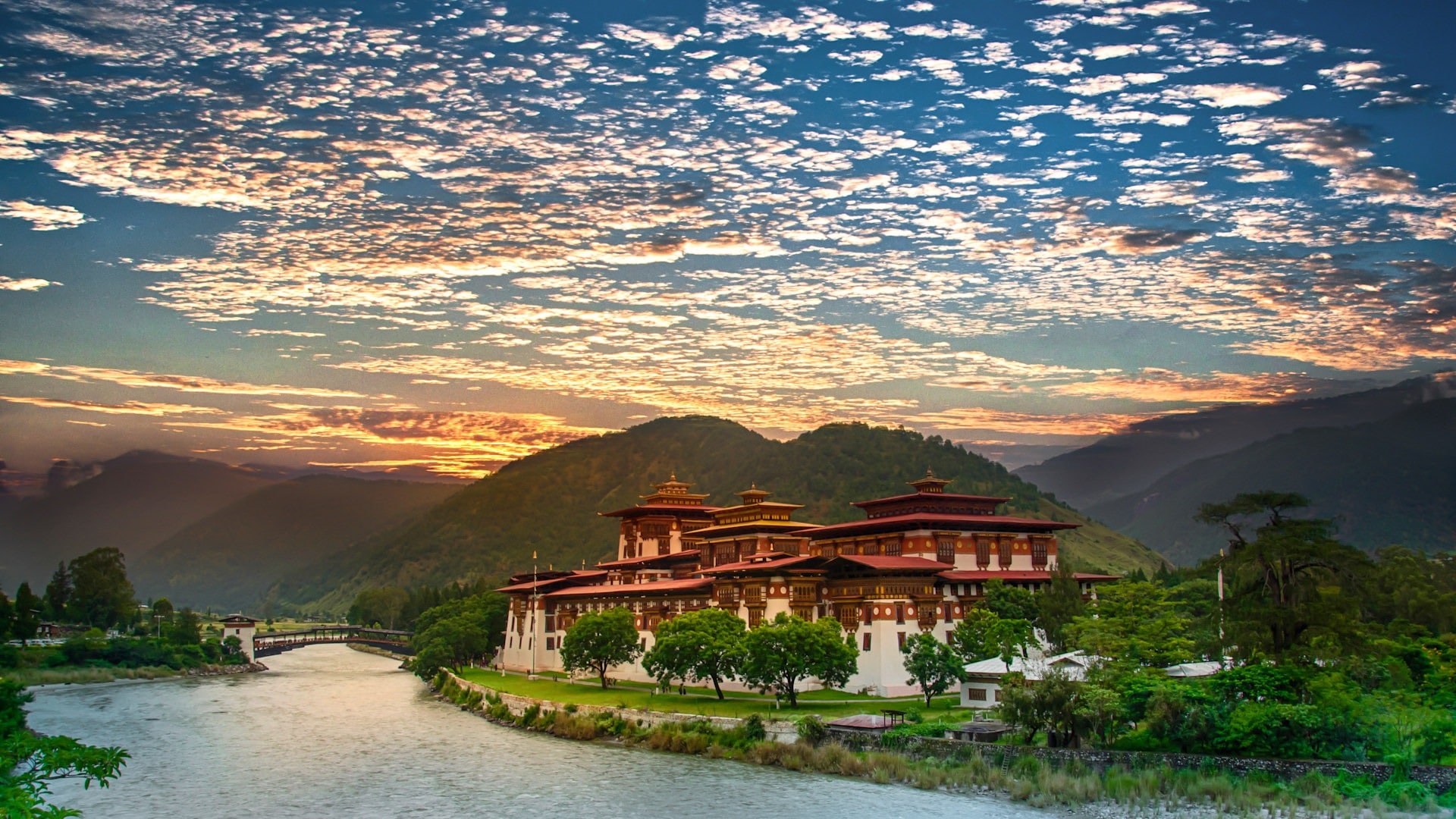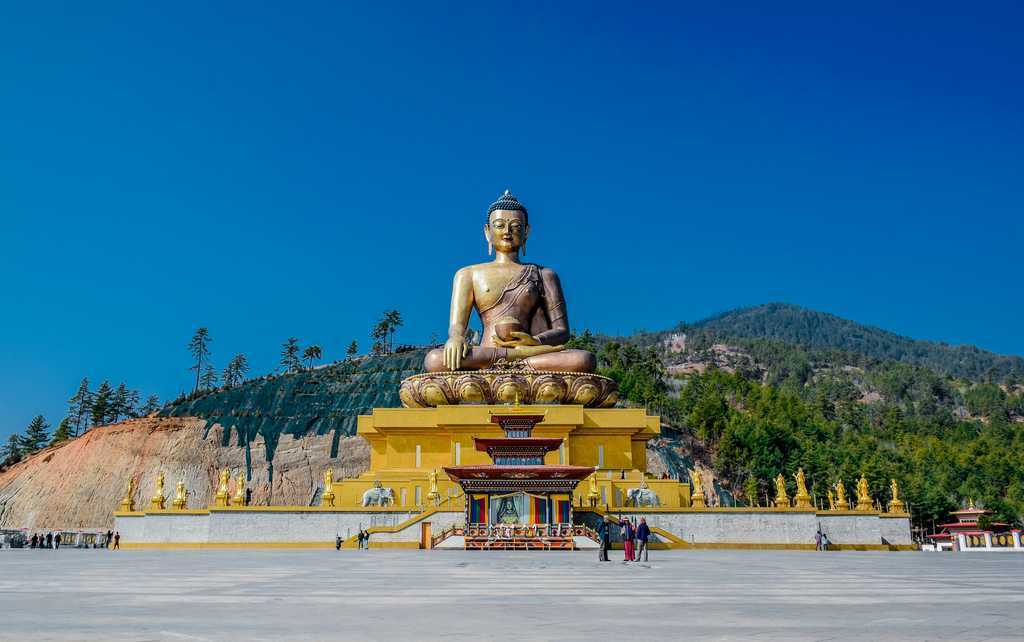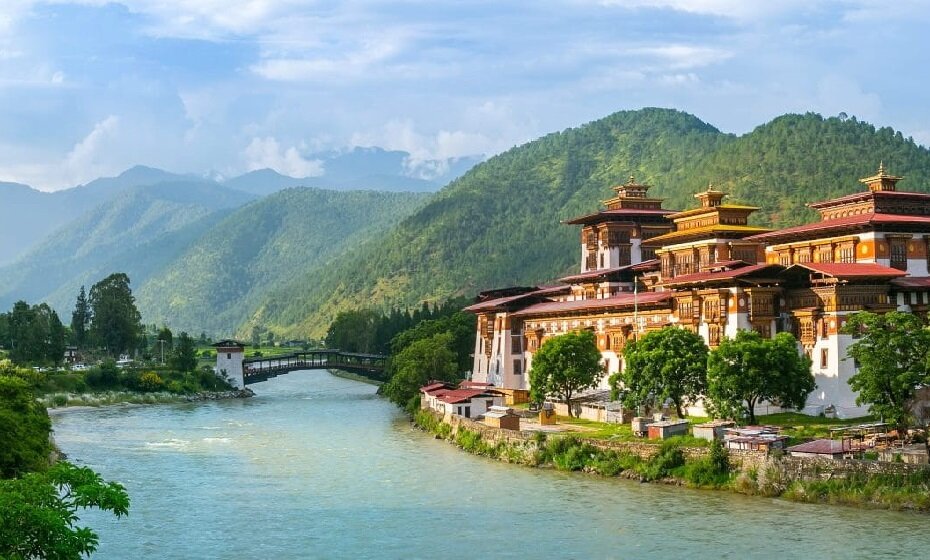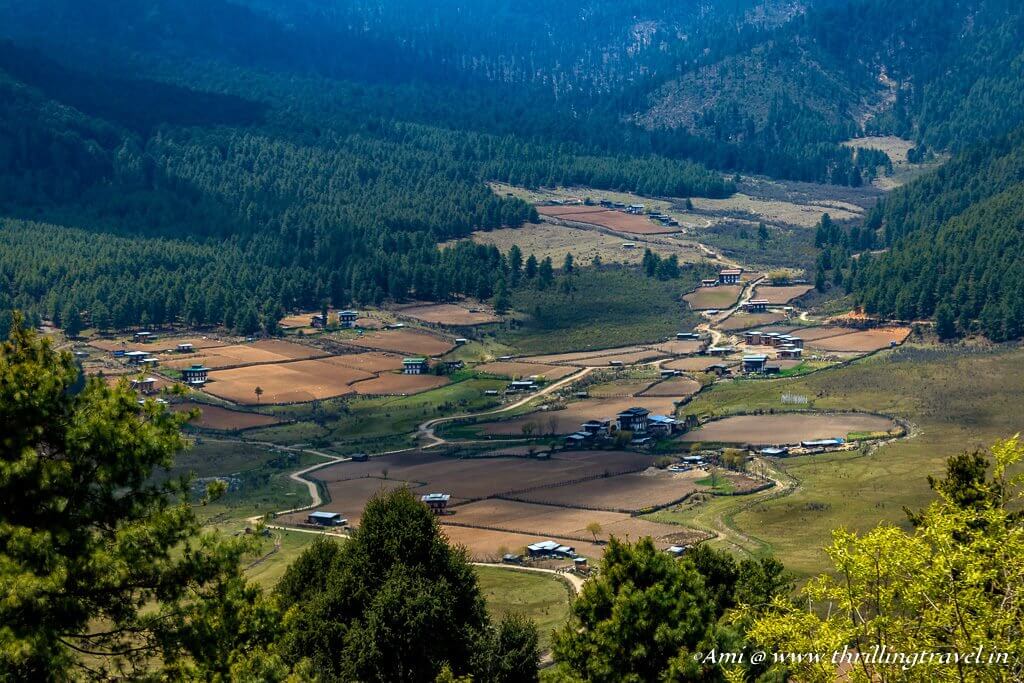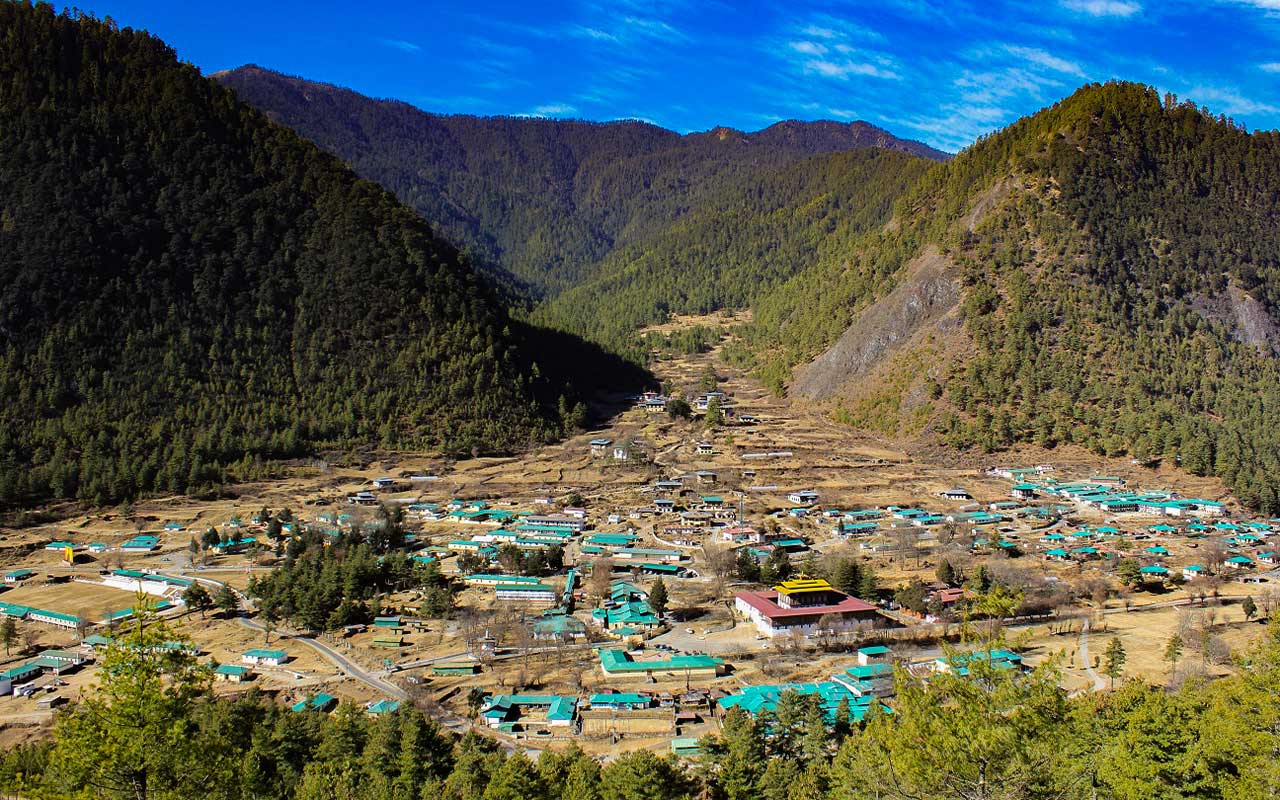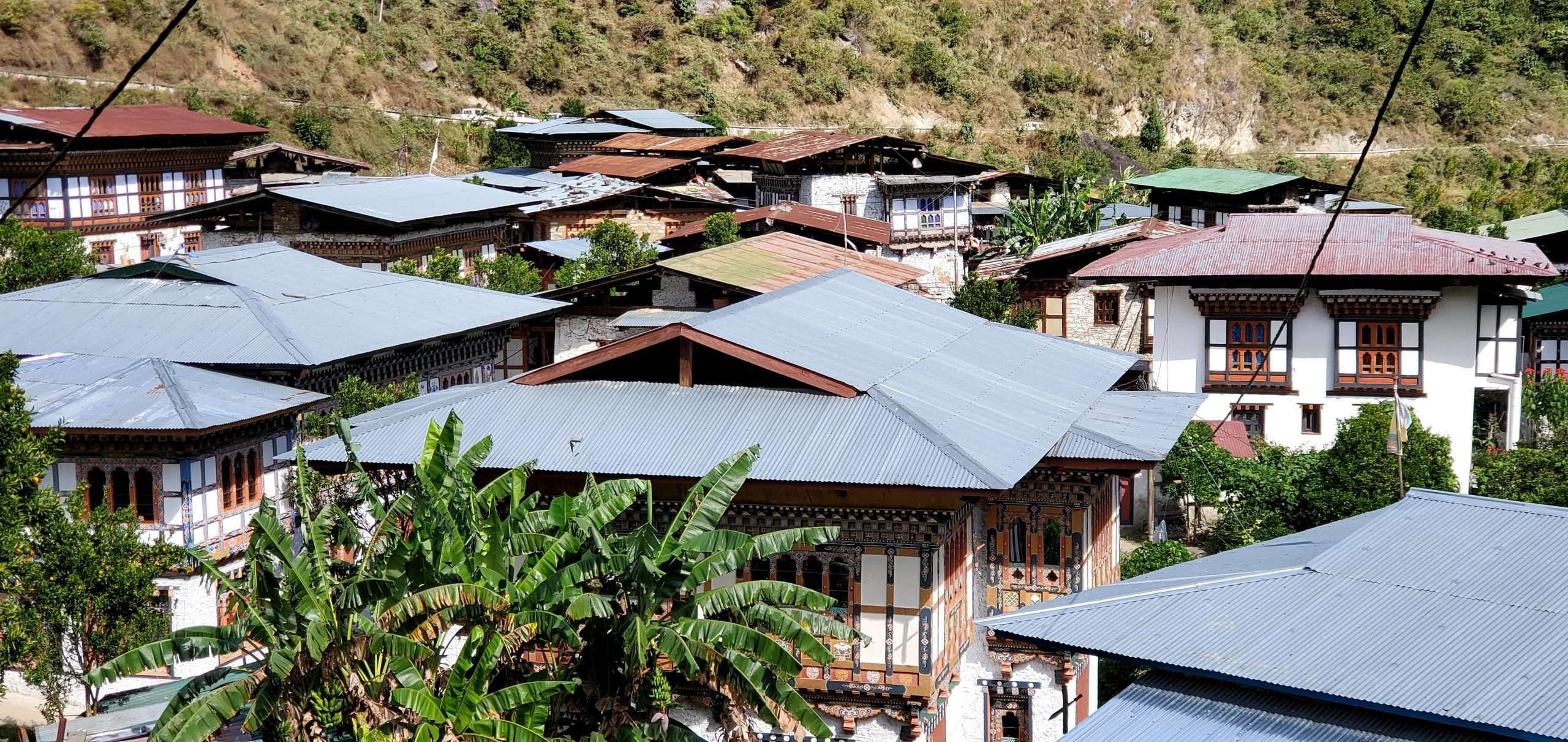Punakha Sightseeing Places
Punakha, once the capital of Bhutan, is a picturesque town nestled at the confluence of the Pho and Mo rivers. Known for its mild climate, stunning scenery, and cultural significance, Punakha is one of Bhutan’s most visited destinations. The town is home to some of Bhutan’s most iconic landmarks, with the Punakha Dzong being the highlight. This majestic fortress, often referred to as the “Palace of Great Happiness,” is located at the meeting point of the Pho and Mo rivers and is one of the most beauti ...
ful dzongs in Bhutan.
It serves as the administrative center of the Punakha district and holds great historical significance, being the site of the coronation of the first King of Bhutan. Another must-see attraction is the Chimi Lhakhang, a temple dedicated to the “Divine Madman,” Lama Drukpa Kunley. The temple is located on a hilltop, and visitors often make a pilgrimage to receive blessings for fertility. Punakha is also known for its scenic beauty, with the Wangdue Phodrang valley and the surrounding hills offering excellent trekking opportunities.
The region's lush landscapes, rice fields, and river views make it a perfect spot for nature lovers. The Punakha Suspension Bridge, one of the longest suspension bridges in Bhutan, provides stunning views of the valley and is another great spot for travelers. For those interested in nature, the Phobjikha Valley, located nearby, is famous for being a winter home to the endangered black-necked cranes. This area offers serene landscapes, perfect for peaceful walks or birdwatching. Overall, Punakha offers a harmonious blend of Bhutan’s natural beauty, historical landmarks, and spiritual significance, making it a must-visit destination for travelers seeking a deeper understanding of Bhutanese culture and heritage.
Quick Navigation
1. Punakha Dzong
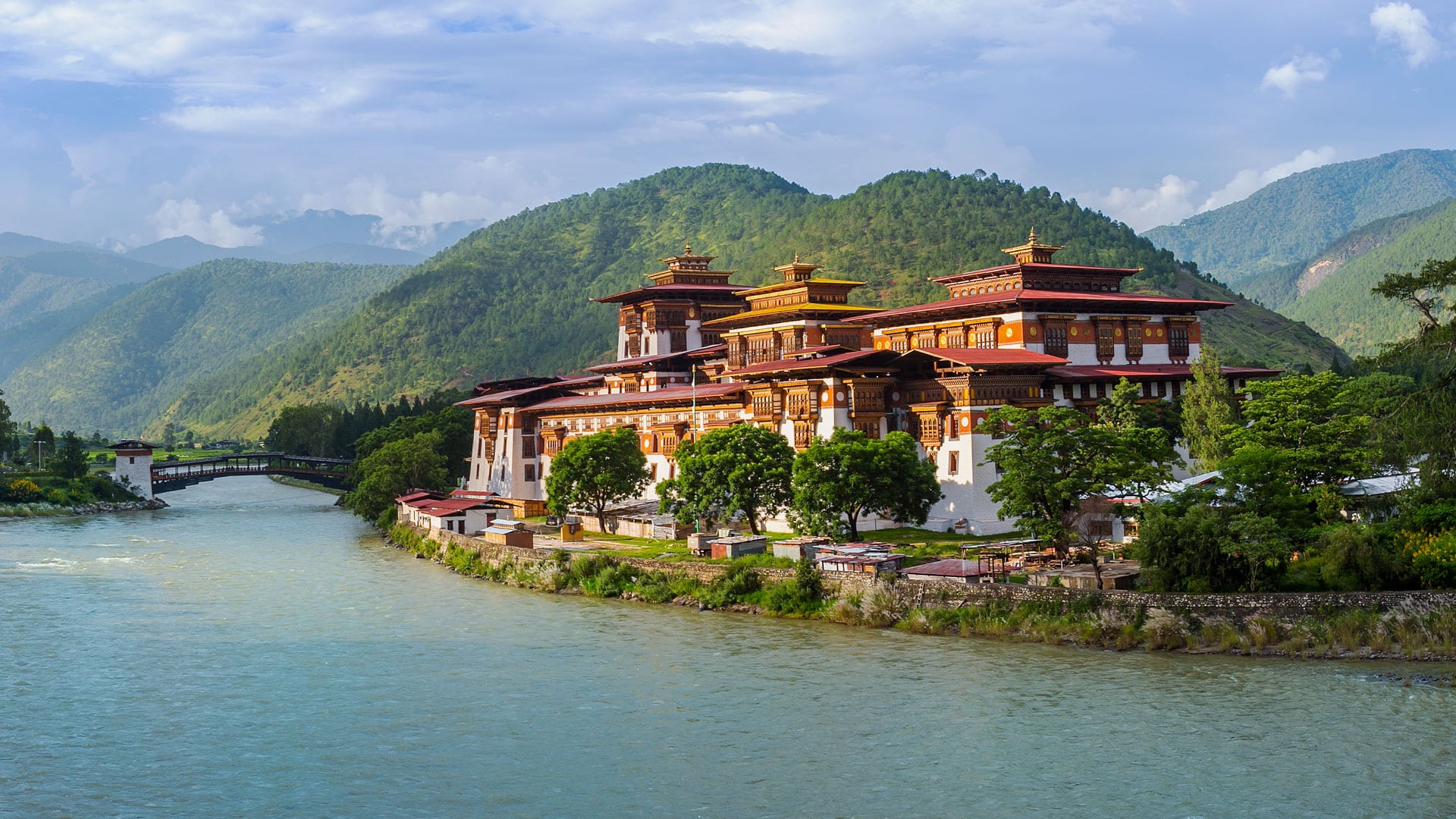 ( Punakha Dzong is the most visited sightseeing place in bhutan and mostly tourists must visit here )
( Punakha Dzong is the most visited sightseeing place in bhutan and mostly tourists must visit here )
Punakha Dzong Sightseeing
Punakha Dzong, often referred to as the "Palace of Great Happiness," is one of the most beautiful and historically significant structures in Bhutan. Located at the confluence of the Pho Chhu and Mo Chhu rivers, this majestic fortress-monastery is a must-visit for anyone exploring Punakha. Built in 1637 by Zhabdrung Ngawang Namgyal, the dzong holds a prominent place in Bhutan’s history and culture.
It was the seat of the government until Thimphu became the capital in the 1950s and is still the winter residence of the central monastic body. The dzong’s architecture is a stunning example of Bhutanese craftsmanship, with intricately carved wooden windows, gold-plated roofs, and massive stone walls that give it a fortress-like appearance.
2. Chimi Lhakhang
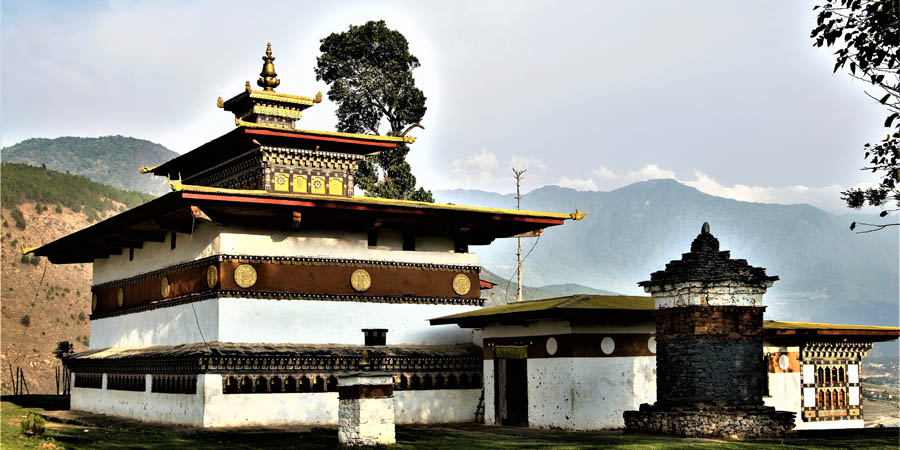 ( Chimi Lhakhang is the most visited sightseeing place in bhutan and mostly tourists must visit here )
( Chimi Lhakhang is the most visited sightseeing place in bhutan and mostly tourists must visit here )
Chimi Lhakhang Sightseeing
Chimi Lhakhang, also known as the Temple of Fertility, is a unique and revered site located in the Punakha Valley. The temple, built in the 15th century by Lama Drukpa Kunley, also known as the "Divine Madman," is famous for its association with fertility and the blessings it bestows upon couples trying to conceive. According to legend, Drukpa Kunley was a spiritual teacher who used unconventional methods to spread his teachings, and his unique approach to life has earned him a place of great reverence in Bhutanese culture.
The temple is set amidst beautiful farmland and can be reached by a pleasant walk through fields of mustard flowers, rice paddies, and bamboo groves. As visitors approach the temple, they are greeted by a large wooden statue of a phallus, a symbol associated with Drukpa Kunley’s teachings.
3. Khamsum Yulley Namgyal Chorten
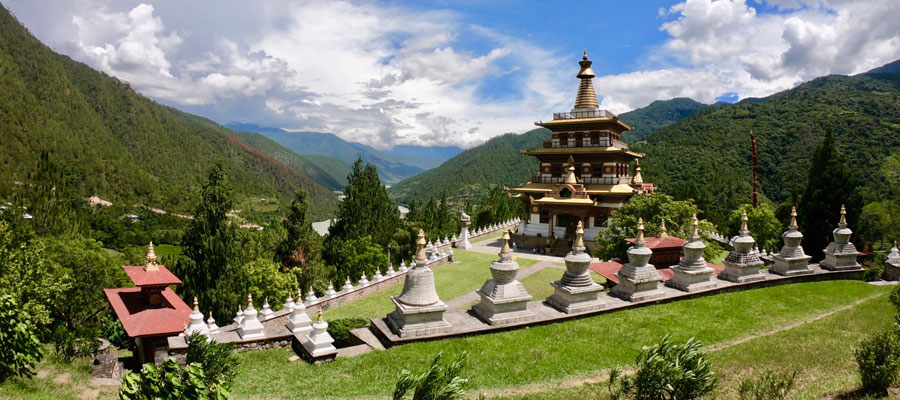 ( Khamsum Yulley Namgyal Chorten is the most visited sightseeing place in bhutan and mostly tourists must visit here )
( Khamsum Yulley Namgyal Chorten is the most visited sightseeing place in bhutan and mostly tourists must visit here )
Khamsum Yulley Namgyal Chorten Sightseeing
Khamsum Yulley Namgyal Chorten is a stunning Buddhist stupa located on a hilltop overlooking the Punakha Valley. The chorten, completed in 1999, was built by the Queen Mother, Ashi Tshering Yangdon Wangchuck, as an offering to the well-being of the royal family and the nation. The chorten is dedicated to the memory of the first king of Bhutan, Ugyen Wangchuck, and it is a symbol of peace and prosperity for the country.
The journey to the chorten involves a short but steep hike through lush forests, offering visitors the chance to enjoy the tranquil surroundings and catch glimpses of the Punakha Valley below. The chorten itself is a masterpiece of Bhutanese architecture, with intricate carvings, prayer wheels, and murals depicting Buddhist deities and teachings.
4. Punakha Suspension Bridge
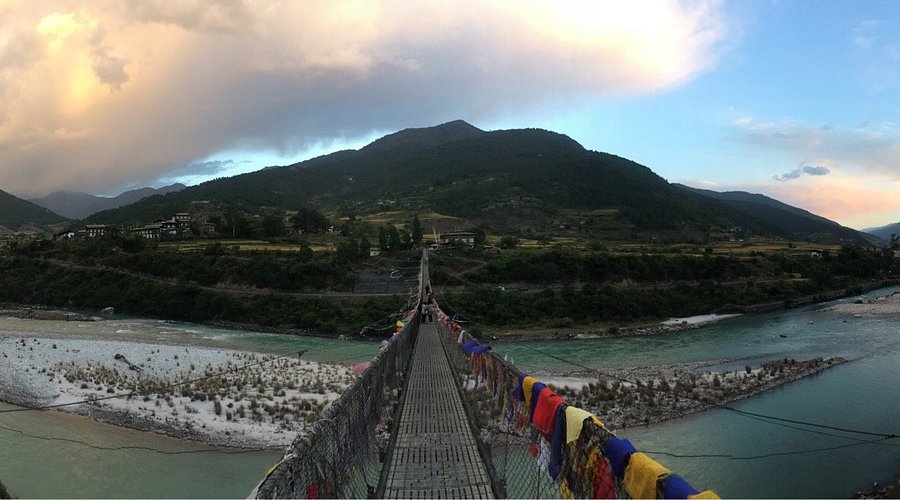 ( Punakha Suspension Bridge is the most visited sightseeing place in bhutan and mostly tourists must visit here )
( Punakha Suspension Bridge is the most visited sightseeing place in bhutan and mostly tourists must visit here )
Punakha Suspension Bridge Sightseeing
The Punakha Suspension Bridge is one of the longest suspension bridges in Bhutan, stretching 160 meters across the Mo Chhu River. Located near the Punakha Dzong, this bridge offers an exciting and scenic walk for visitors who want to experience the natural beauty of the region from a unique perspective. The bridge was originally built to provide easy access for locals living in the remote villages across the river.
Today, it is one of the most popular tourist attractions in Punakha, known for its thrilling height and breathtaking views. The walk across the bridge offers spectacular views of the Punakha Valley, including lush green rice fields, the Punakha Dzong, and the surrounding mountains.
5. Sangchhen Dorji Lhuendrup Lhakhang
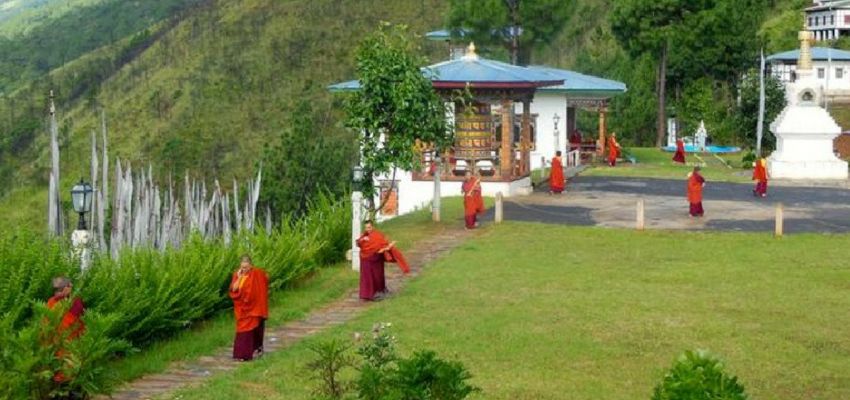 ( Sangchhen Dorji Lhuendrup Lhakhang is the most visited sightseeing place in bhutan and mostly tourists must visit here )
( Sangchhen Dorji Lhuendrup Lhakhang is the most visited sightseeing place in bhutan and mostly tourists must visit here )
Sangchhen Dorji Lhuendrup Lhakhang Sightseeing
Sangchhen Dorji Lhuendrup Lhakhang is a serene Buddhist temple located in the hills above Punakha, offering panoramic views of the valley. The temple was built in 2015 and is dedicated to the goddess Sangchhen Dorji Lhuendrup, who is believed to protect Bhutan from negative forces and promote the well-being of the people. The temple is a popular site for pilgrims and tourists alike, who come to admire its peaceful ambiance, intricate architecture, and beautiful surroundings.
The hike to the temple is a short but rewarding journey, taking visitors through lush forests of pine and rhododendron trees. The temple itself is an elegant structure with ornate paintings and carvings depicting various Buddhist deities. The central statue of Avalokiteshvara is a major highlight of the temple, along with the panoramic views of the Punakha Valley and the Himalayas.
Categories

Request a call back
Our experts would love to create a package just for you!







